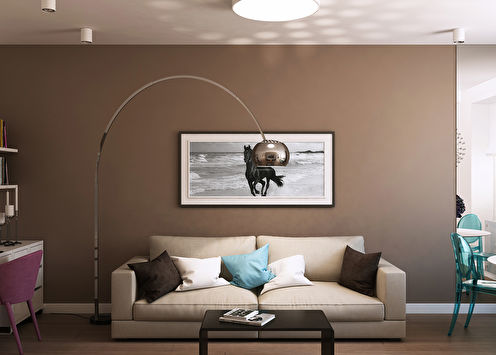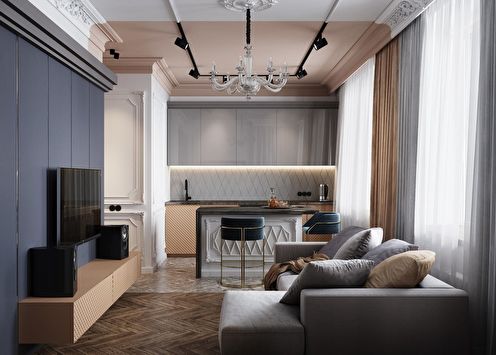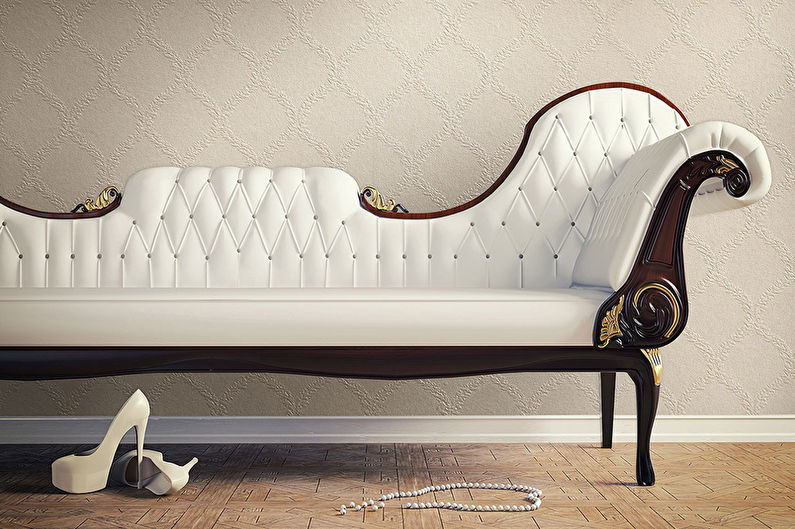
Choosing wall decoration, many refuse to paste wallpaper: paper is short-lived, synthetic ones do not let air through. Only painting remains, but what if you want to add a beautiful texture to the interior? In this case, cullet is an ideal solution - an environmentally friendly material made of the finest glass filaments, which adheres well to a plastered surface, protecting it from microcracks and mold, while maintaining a flawless appearance for many years.
What is it? Production Features
The main raw material for this material is quartz sand, which is mixed with soda, limestone and clay, and then converted to liquid glass by melting at very high temperatures (+ 1200 ° C). Web-like threads are pulled from it, wound onto bobbins and a flexible translucent fabric is woven.
The thickness of the fibers is controlled by speeding up or slowing down the movement of the machine, and the way they are interwoven affects the physical and decorative features of the finished glass. Thus, a small, flexible and very thin mesh with reinforcing properties is obtained.
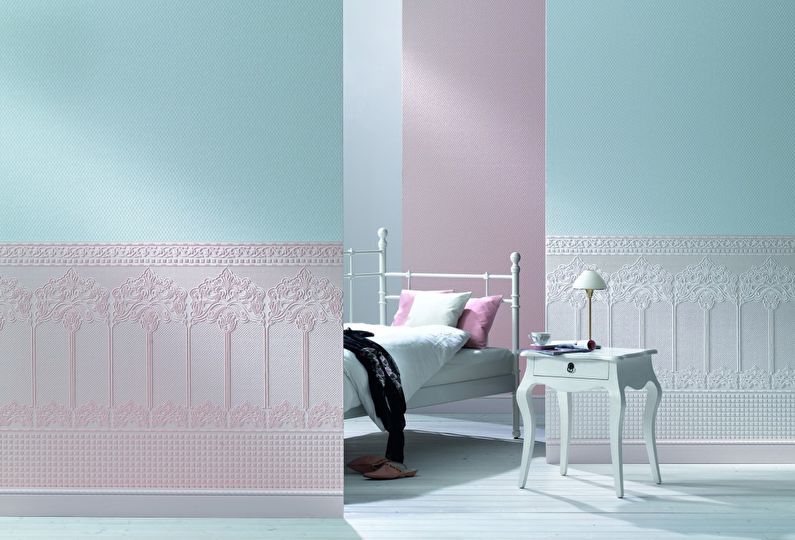
Types of glass
Depending on the density and texture, cullet is divided into two types - cobweb and patterned. The former are smoother, lightweight and are mainly used for ceilings. Patterned is easily recognized by the pronounced relief pattern, which is formed on the loom, like a jacquard fabric. The most popular textures are gunny, geometric shapes or floral motifs.
Cullets can be initially painted in bulk, but more often they are transparent-white and adapted for repeated painting.
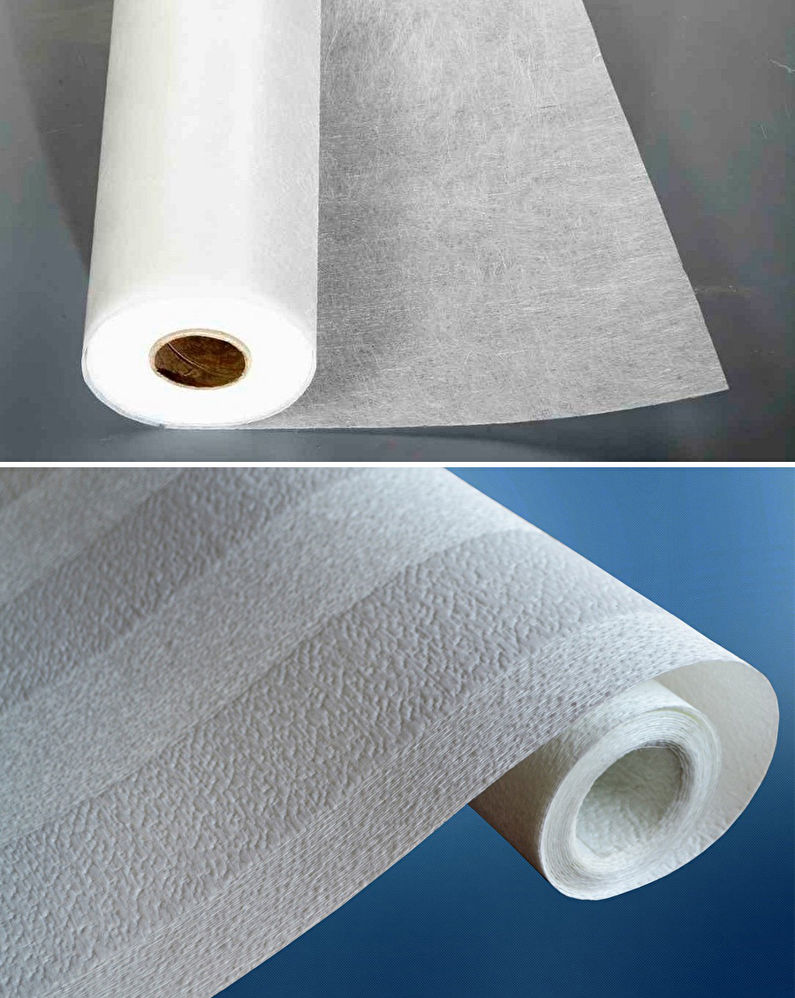
Cullets - is it dangerous to use?
By analogy with glass wool, many are afraid to use glass in the interior. However, these materials are completely different - if you look under a microscope, you can see that the fibers in the insulation are brittle and have sharp edges, while the glass fibers used for wallpaper are much stronger, smoother and have a straight cylindrical shape at the break.
When sticking to the wall, the cullet is additionally compacted, impregnated with glue on one side and paint on the other, after which it can be freely touched without risk of skin irritation.
Nevertheless, the finishing work itself is recommended to be carried out in closed clothing and protective gloves, since “bare” glass fibers can leave microscopic scratches on the hands that cause itching.
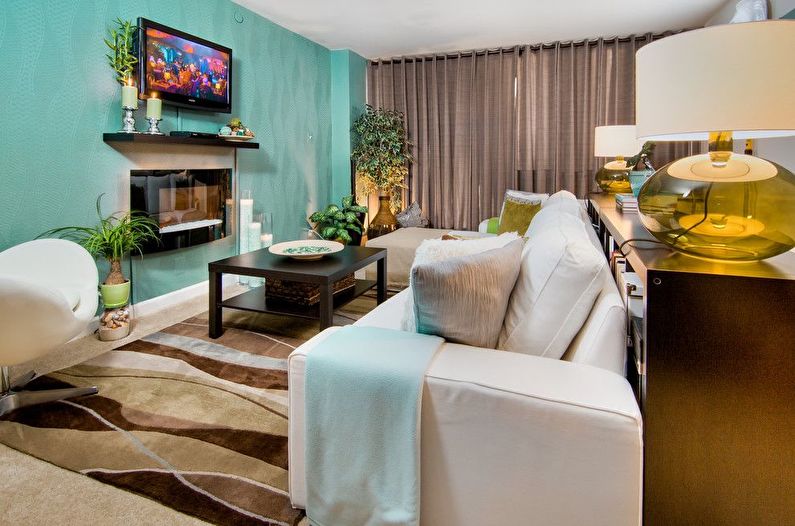
Advantages and disadvantages of cullet
Glass in Europe is very popular and there are understandable reasons for this:
- Practicality - the period of operation of cullets is from 25 to 50 years, which for a long time eliminates the need to repair, although you can change the color and update the design if you wish. They hold very firmly, do not peel off, and are not damaged by pets.
- Environmental friendliness - only natural materials that are completely safe for human health and the environment are used for the manufacture of fiberglass. Walls glued with glass wallpaper freely allow air and moisture to pass through, mold does not appear on them, and it becomes easier to breathe in the room;
- Fire safety - unlike paper and polymer, cullets do not ignite, and begin to melt only at temperatures above 1000 degrees, not emitting caustic fumes;
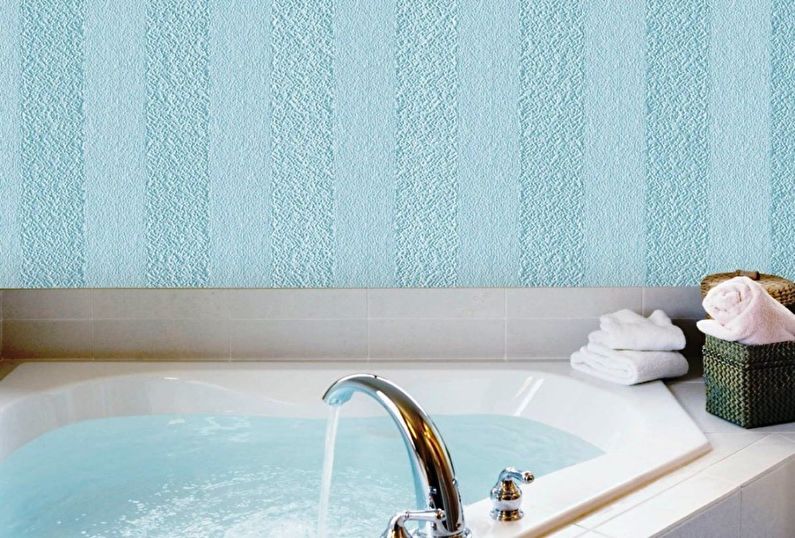
- Moisture resistance - thanks to this quality, cullet is perfect for bathrooms and kitchens.They can also be glued over the facades of kitchen furniture or an apron set;
- Aesthetics - the surface covered with a "spider web" looks perfectly even and it seems that this is just perfect coloring; Textured glass wallpaper gives the interior a sophisticated look, and also looks interesting and unobtrusive.
Among the shortcomings of the fiberglass, a rather high cost can be distinguished, which, however, is offset by the long service life of such a coating.
It should also be noted that the selection of patterns is not wide enough when compared, for example, with a huge variety of silk-screen printing on vinyl wallpapers. But if we consider the walls primarily as a backdrop for the rest of the interior, then the choice in favor of the discreet elegance of glass can become even more preferable.
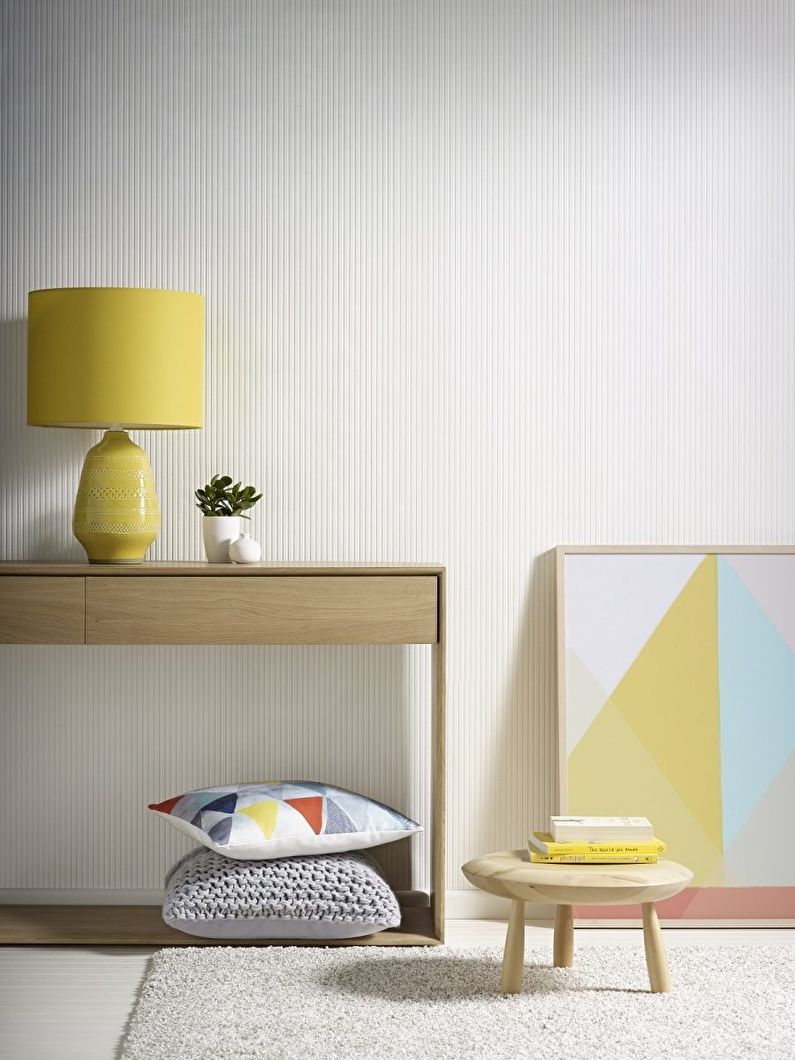
How to glue glass?
Although the cullet has a slightly greater weight and density than other rolled materials for wall decoration, but the features of their gluing almost do not differ. To begin with, it is important to properly prepare the surface - it should be flat, smoothly plastered and dry. Small cracks and indentations up to 1 sq.cm. fiberglass will hide, but obvious shortcomings will have to be corrected before the start of finishing work.
For glass, special glue based on starch or PVA is used. It is quite thick, so it is applied exclusively to the wall immediately before gluing. Rolls are cut with a clerical knife into strips of the required length, with an allowance of 10 cm to align the pattern.
Sticking should start from a vertical reference: a window, door or corner, checking the correctness of the lines with a plumb line. You can also measure the width of the wallpaper and make a preliminary marking of the walls with a pencil.
Further actions are no different from the procedure with paper or vinyl coatings: the material is smoothed with a plastic spatula, it removes excess glue and air bubbles. Particular attention should be paid to the joints, as well as the corners - they should be smooth, not overlap.
After complete drying, the cullet is re-primed with diluted glue to reduce paint consumption. After about a day, you can begin to apply the finishing decorative layer. For dry rooms, it is best to choose water-based acrylic paint, and in the kitchen and in the bathroom you can use moisture-proof latex.
You can repaint the textured glass from 8 to 20 times - this parameter depends on the quality of the material, the volume of the picture and the density of the paint used.
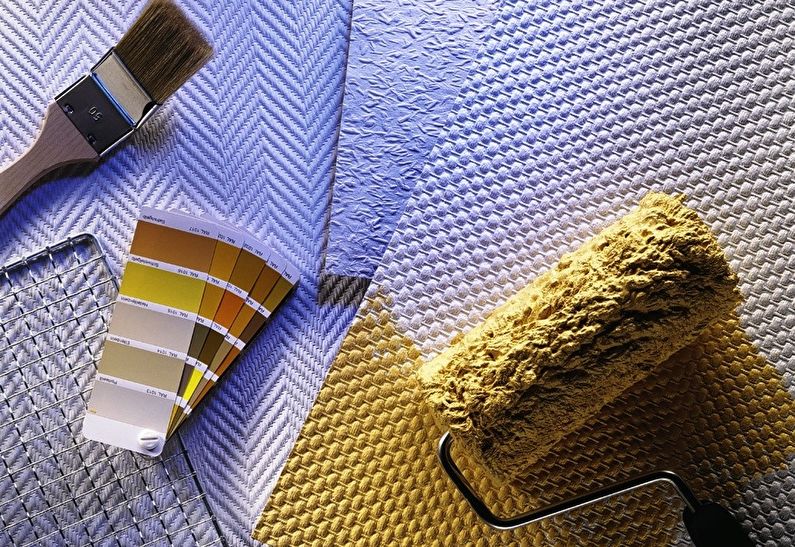
Cullets in the interior - photo
We bring to your attention a selection of photos that depict cullets in the interior of different rooms. These examples will help you find interesting solutions for wall decoration using this material and come up with new ways to combine textures, colors and patterns. Get inspired!
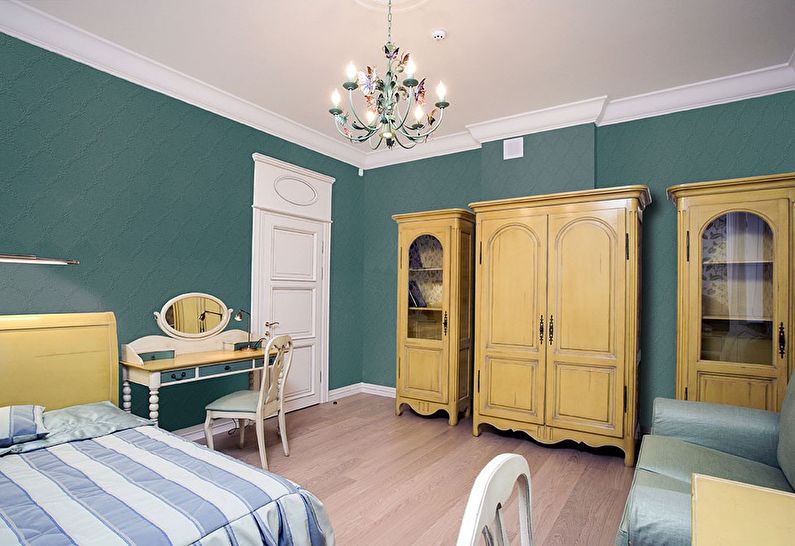
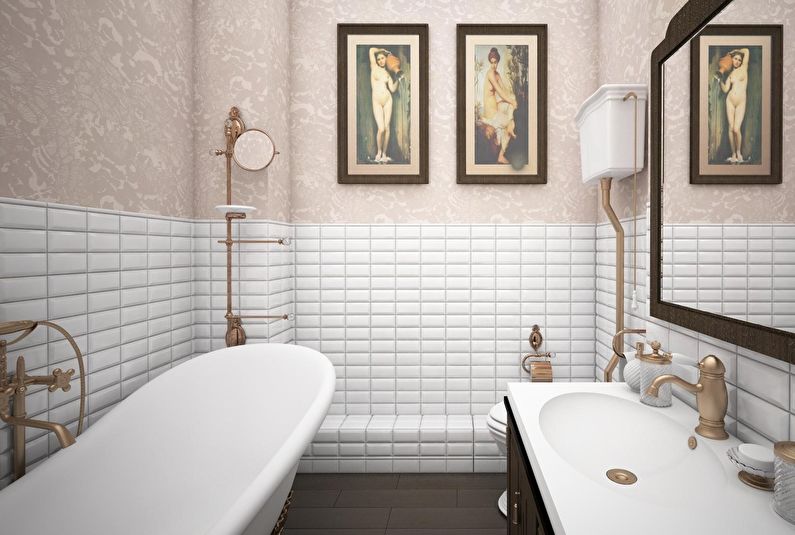
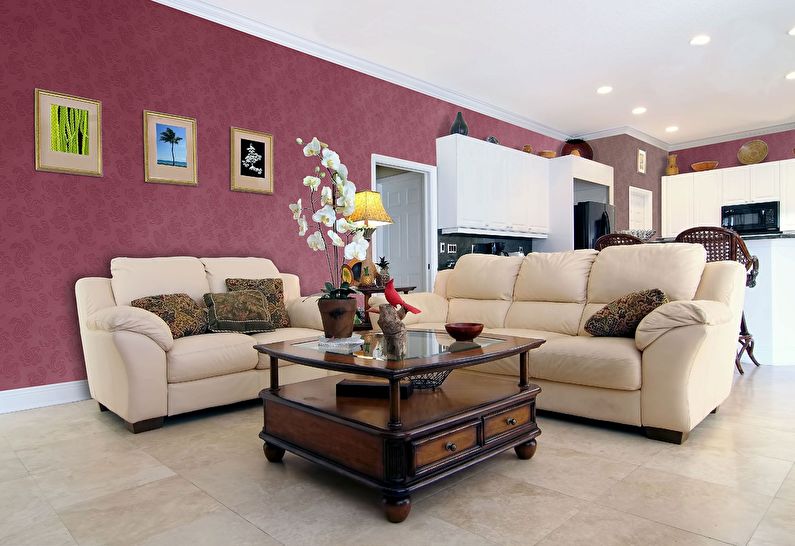
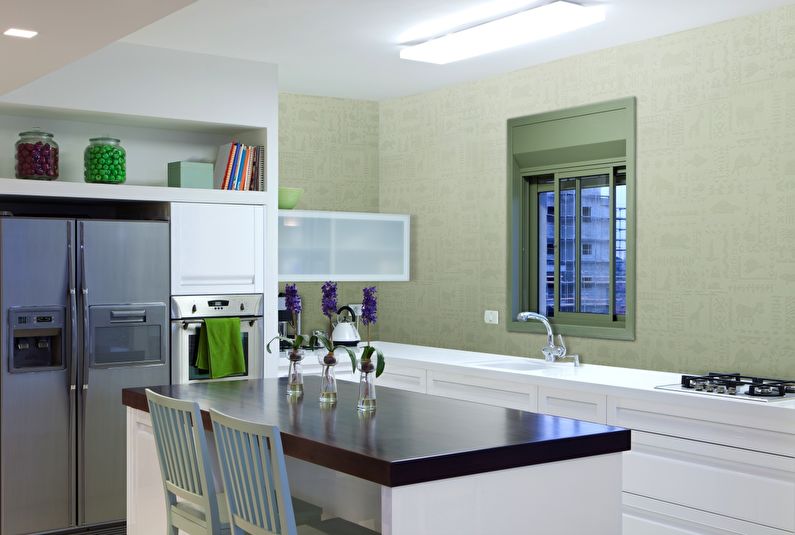
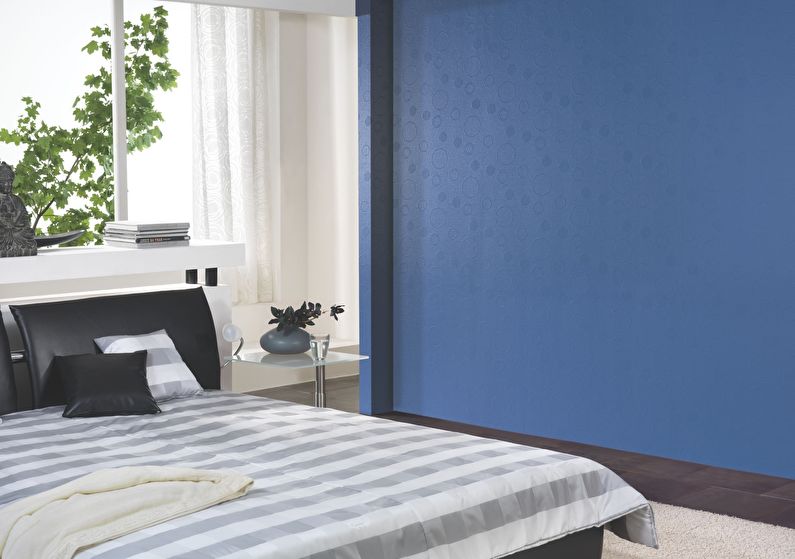
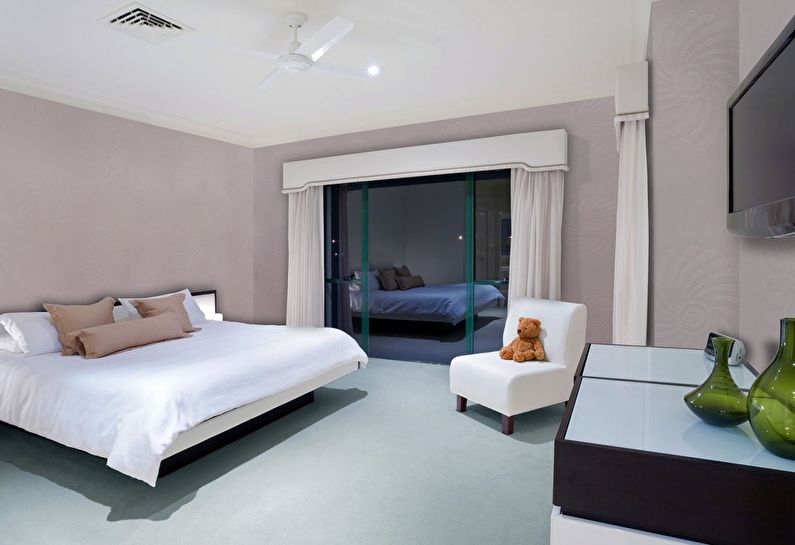
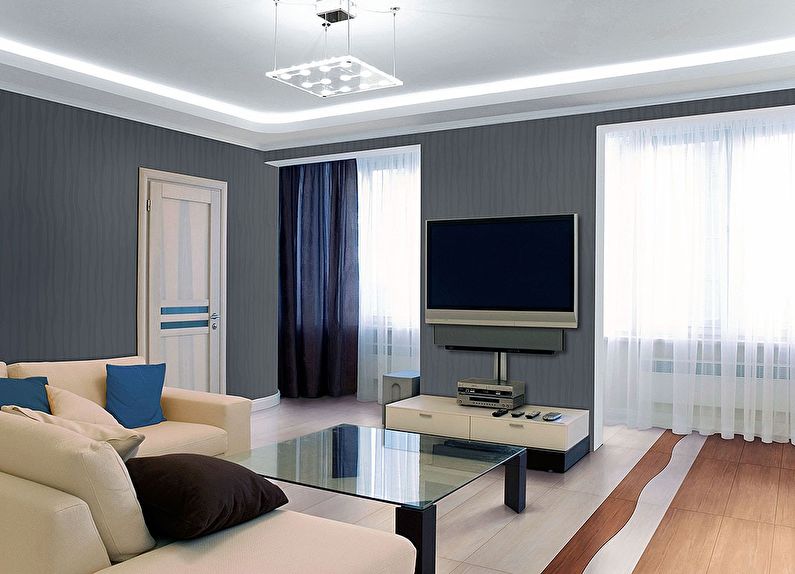
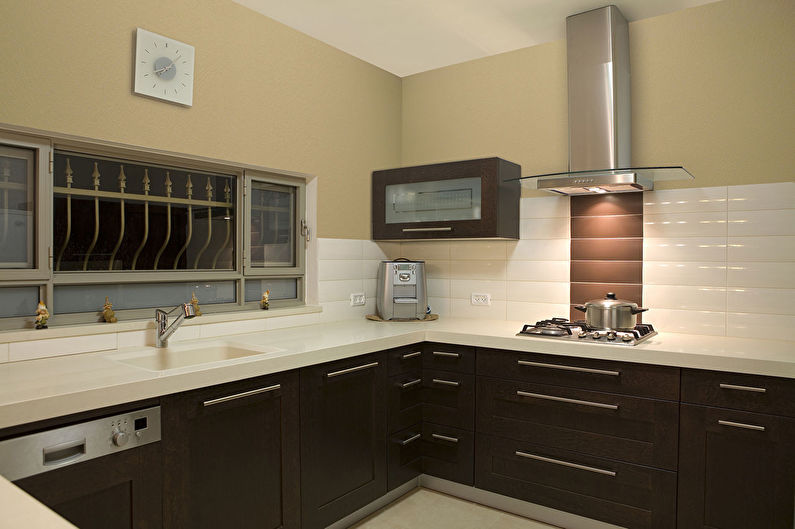
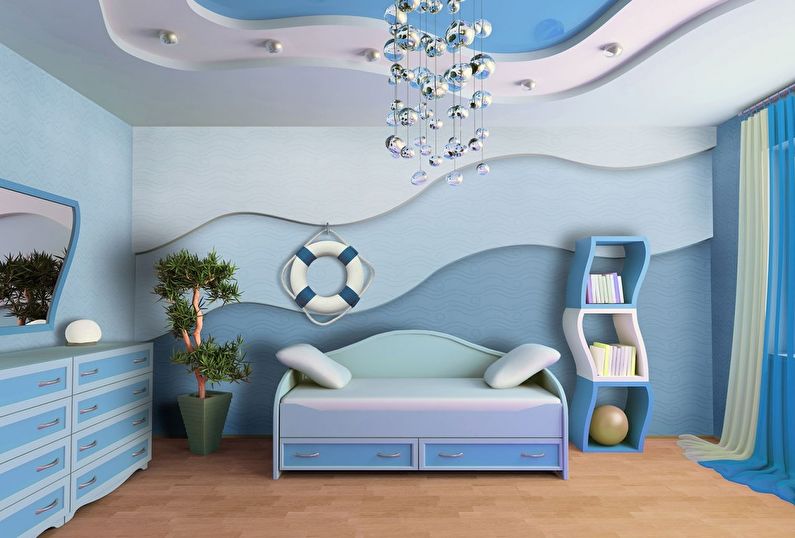
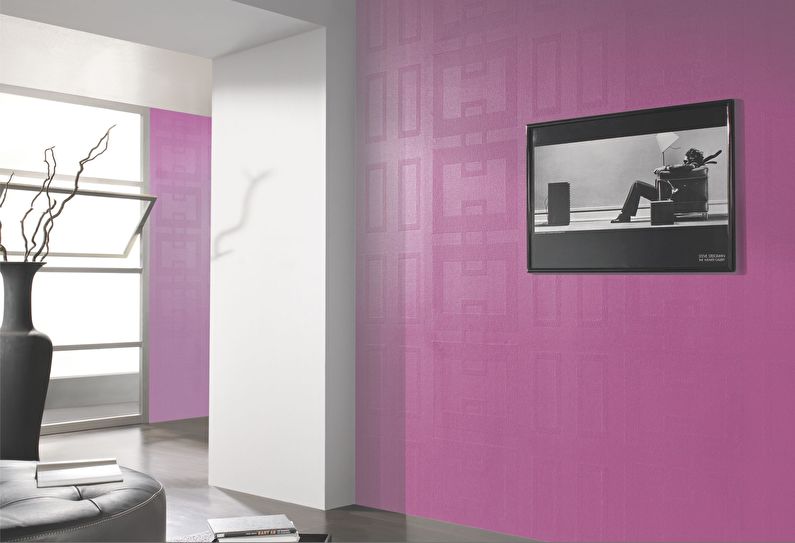

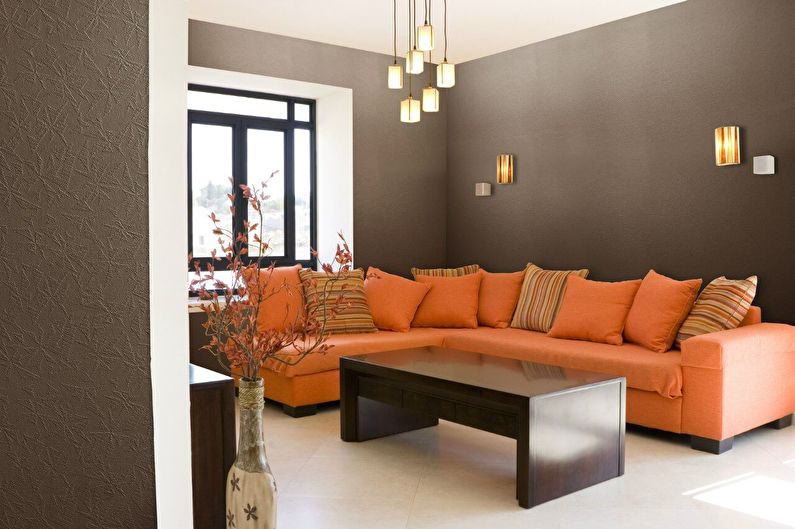
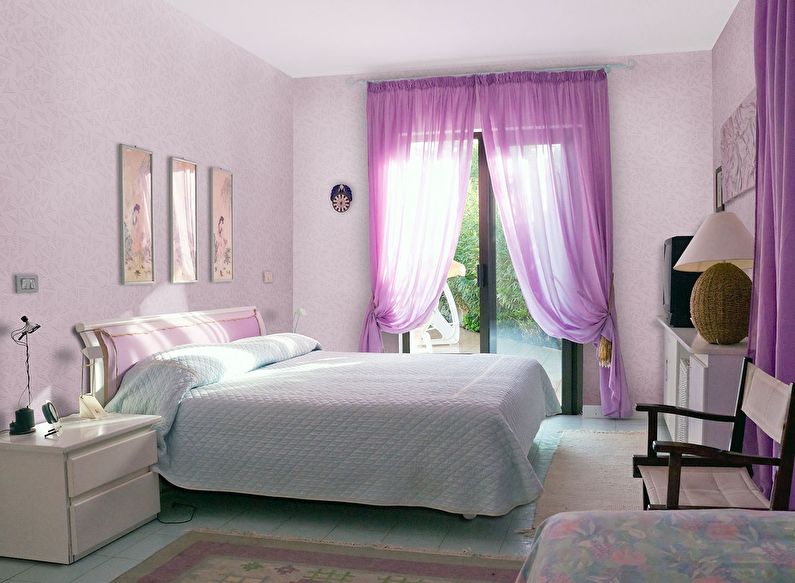
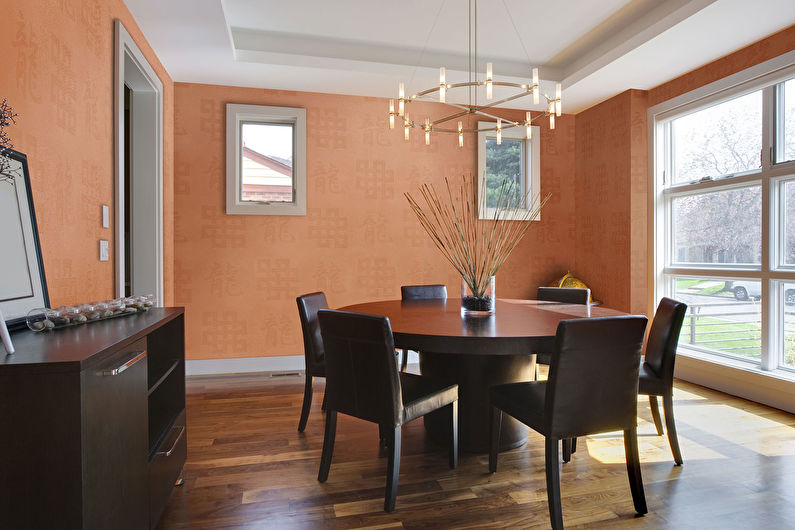

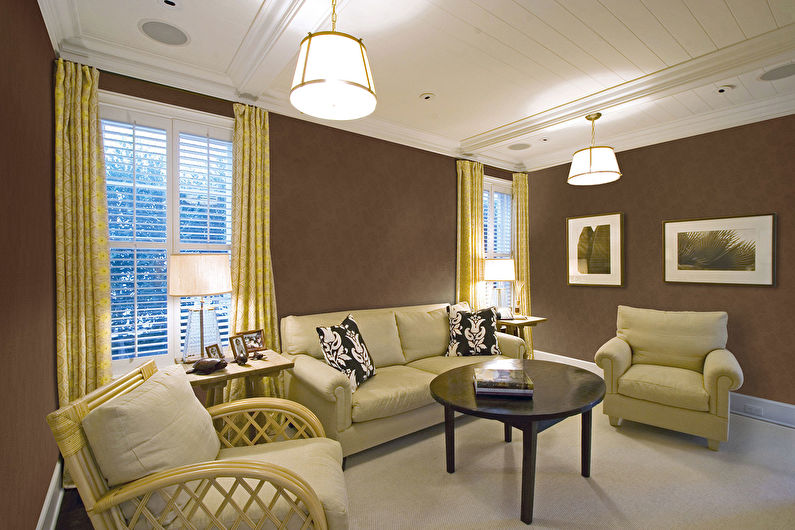


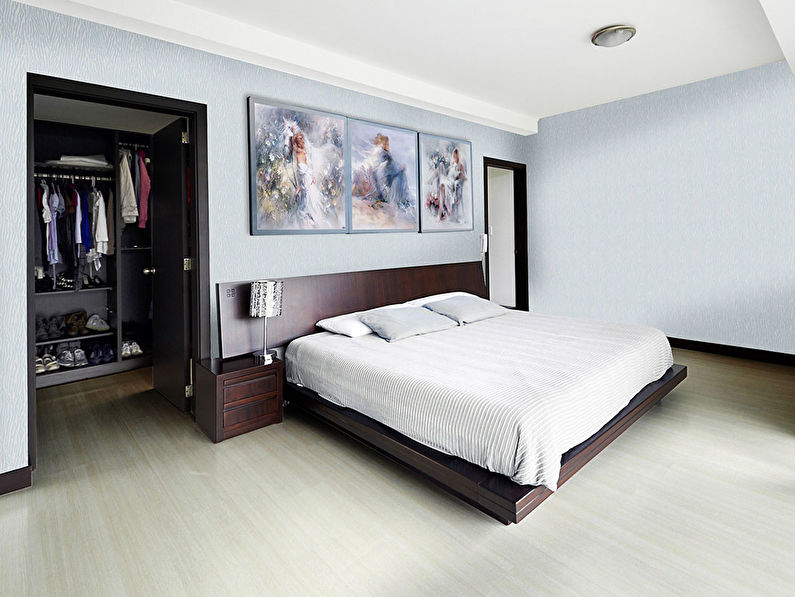
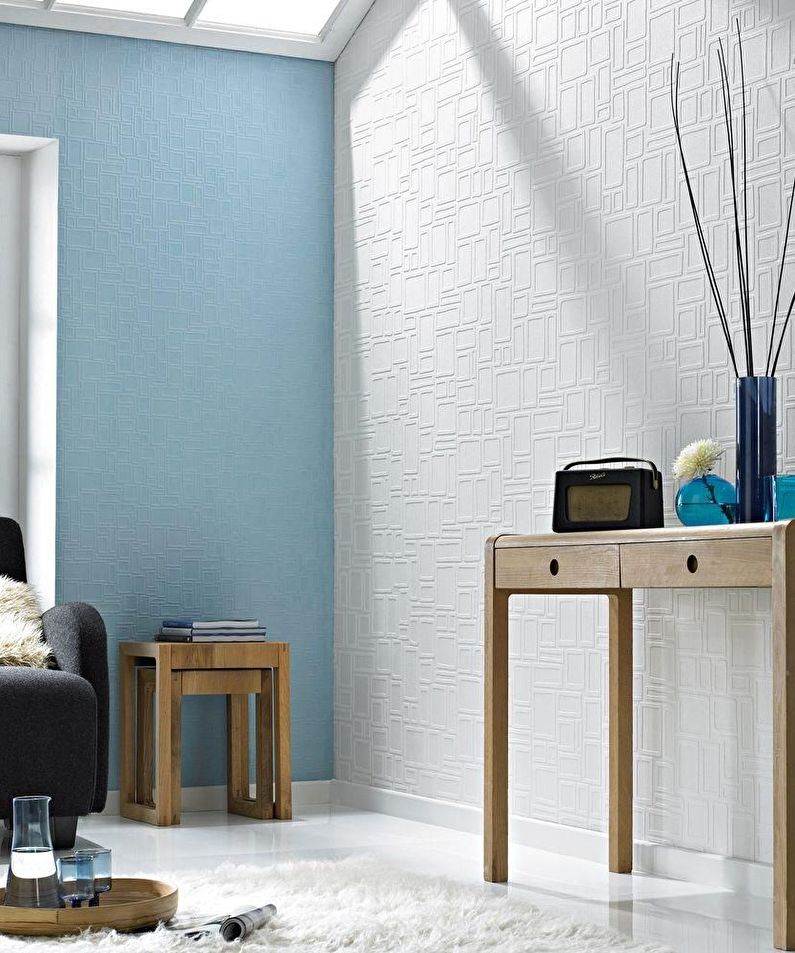
Video: How to paint glass?

